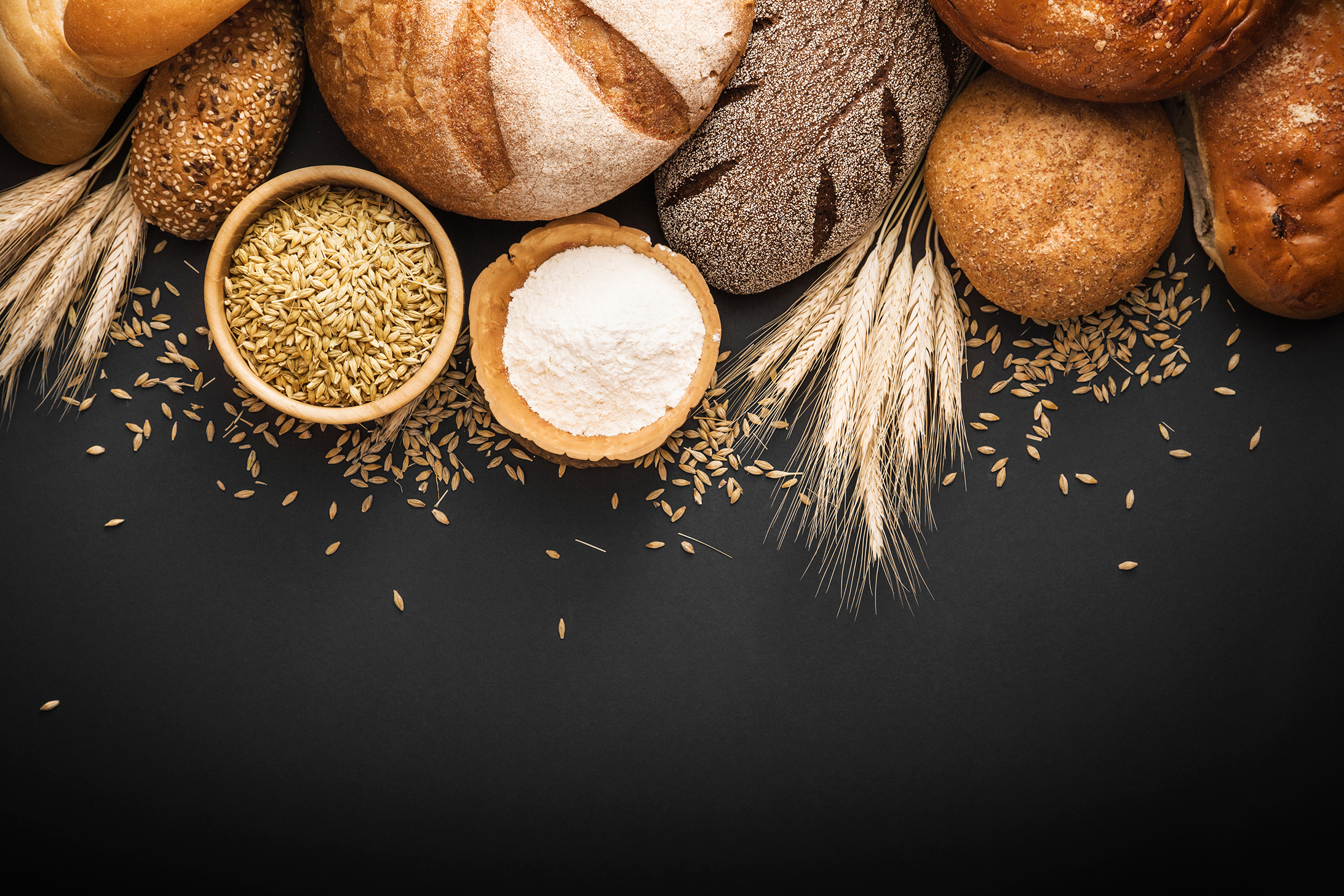The science behind the perfect bread and pasta flour

Next time you visit a store or restaurant, consider how many items contain wheat. Through analysis of advanced wheat lines, CIMMYT is enabling production of nutritious and affordable wheat-derived food in developing countries, and maximizing profits for those involved at each stage of the development chain.

Wheat contributes around 20% of the total energy and protein intake to diets worldwide through thousands of different products. Due to each wheat line’s unique characteristics and processing requirements, the type of wheat used changes depending on the end product.
At CIMMYT’s Wheat Quality laboratory, scientists analyze the nutritional, processing and end-use quality for thousands of wheat lines each year. The aim is to achieve quality grain and flour for the wheat products consumed and produced in CIMMYT partner countries.
The bread wheat quality characterization process begins by analyzing grain weight, density, protein content, moisture content and hardness in order to test the overall grain quality.
Next, grains are milled into flour and analyzed for a second time. Scientists examine their moisture content, protein content and color.
At this stage, CIMMYT undertakes multiple tests to analyze the protein quality of the grain, which is integral for determining the end-use for the flour. This work is specifically important for bread wheat flours, which are first analyzed for their overall protein quality and gluten strength, an important element for processing. Analysis of the mixing characteristics in flour is achieved using mixographs, while the dough properties of elasticity and extensibility are measured through alveographs.

Depending on the end-use target for the grain, the flour is then analyzed for its suitability to produce a specific product. Bread wheat flours are typically used for baking using yeast, so the lab scores different loaves based on their volume and crumb quality.
The quality characterization is also crucial for durum wheat, which is often used to make Italian-style pasta. Durum wheat samples are analyzed for their grain quality, flour yellowness, protein content and protein quality, using the SDS-sedimentation volume test.
This work would not have been possible without the support of our partners and the CGIAR Research Program on Wheat (WHEAT).